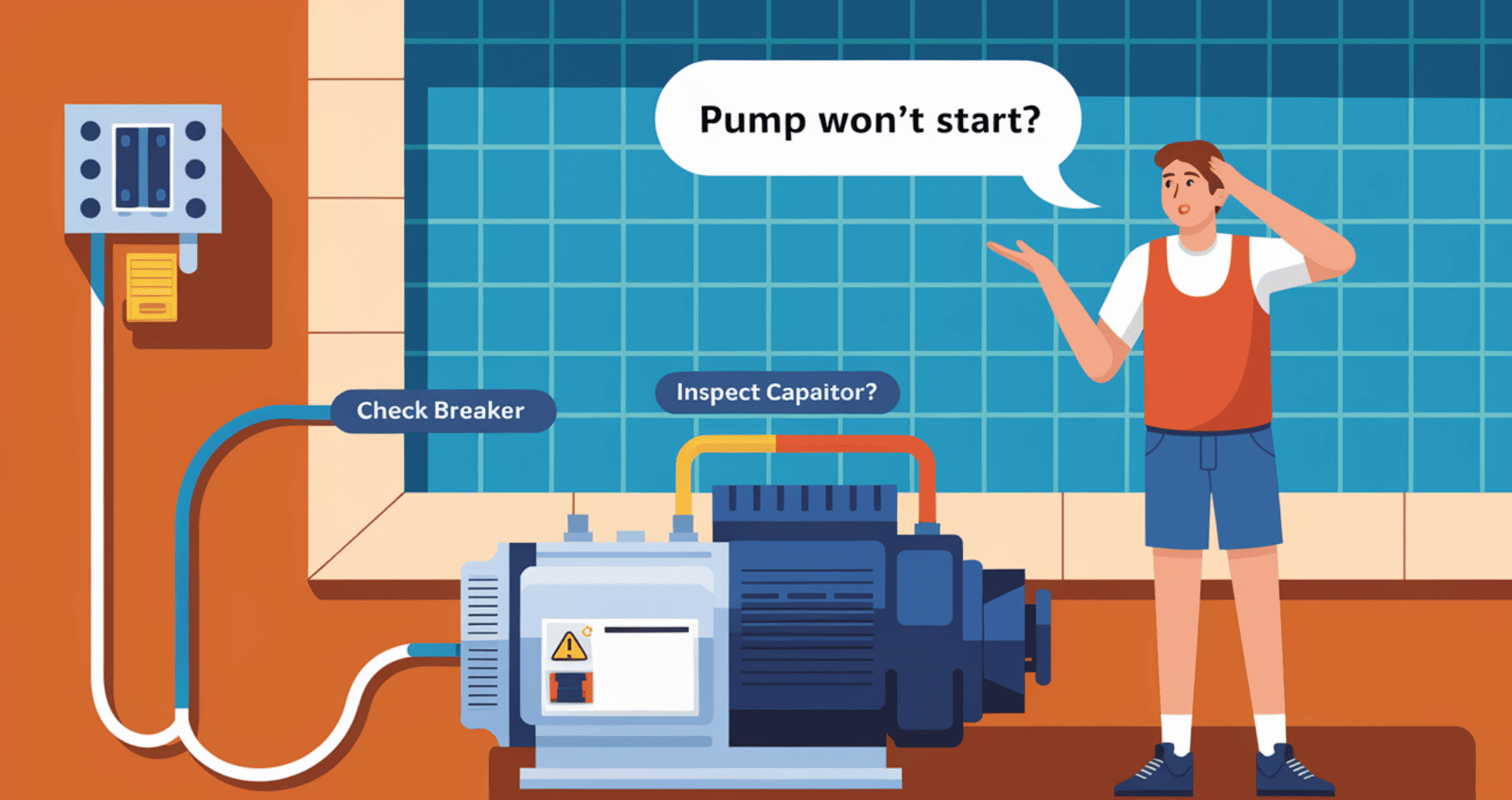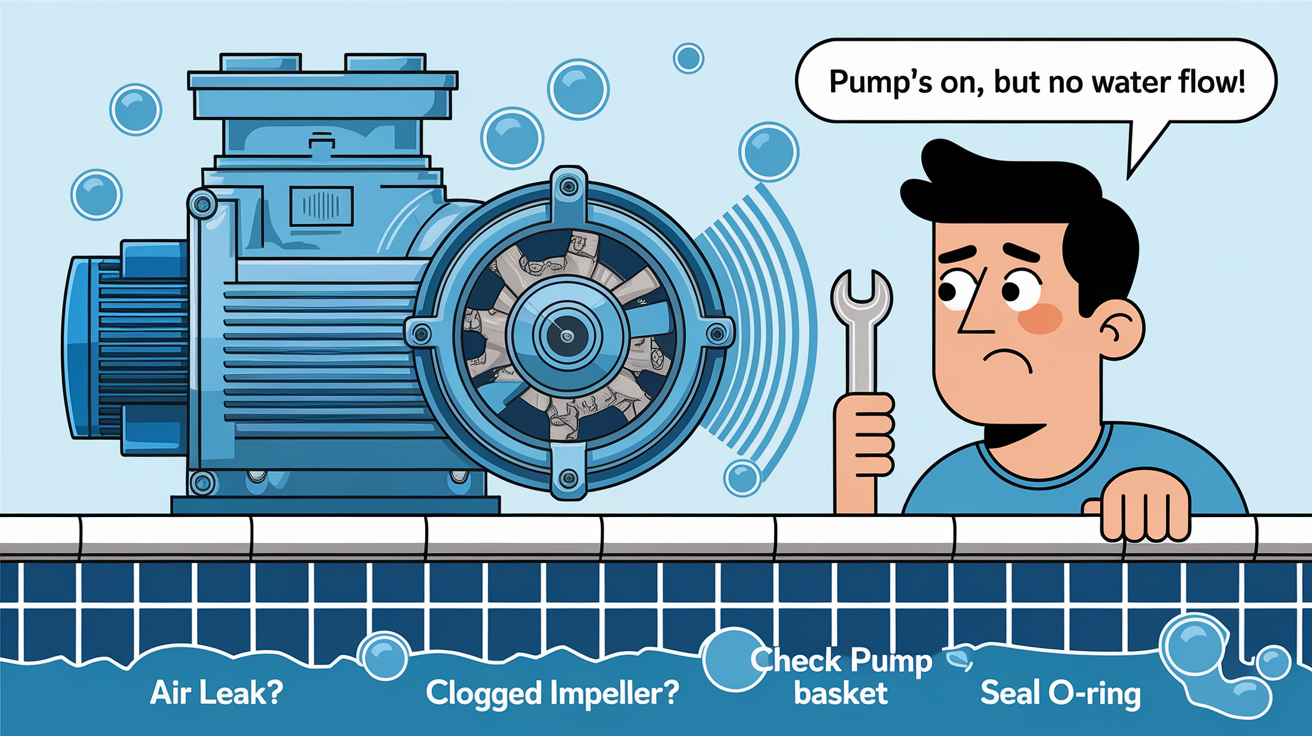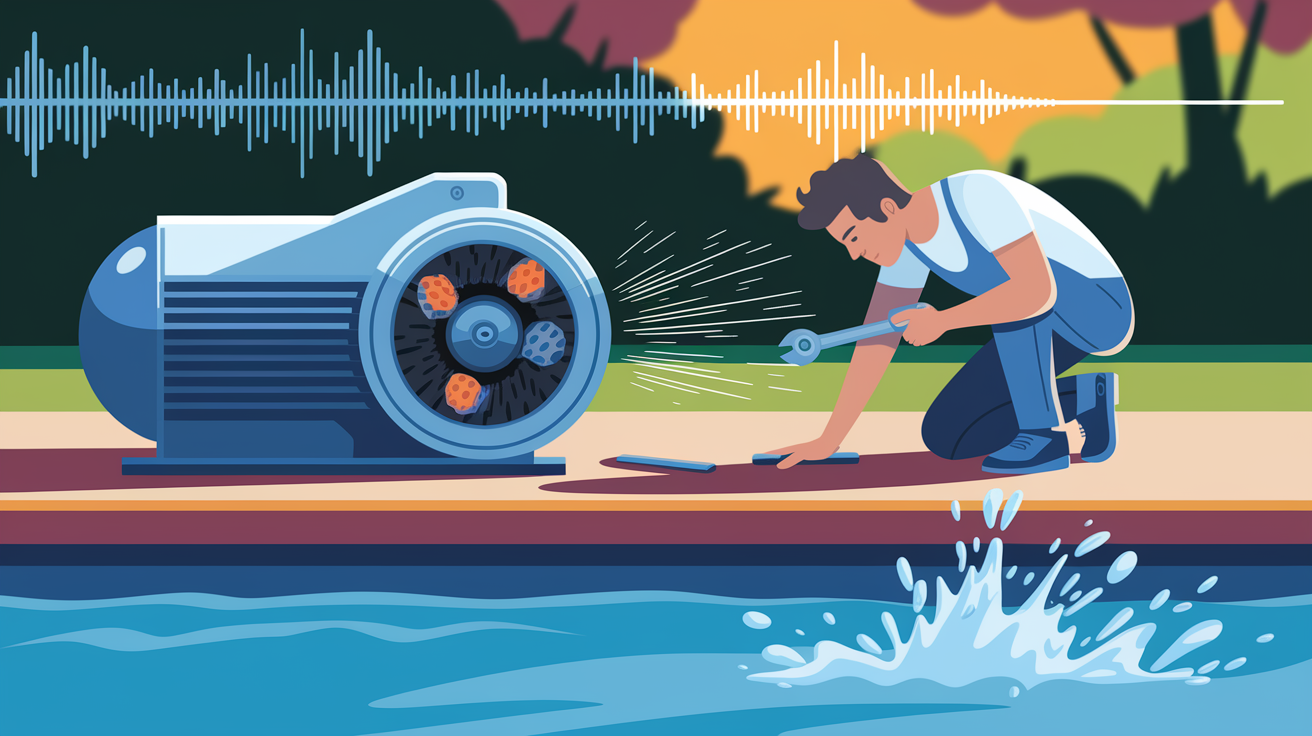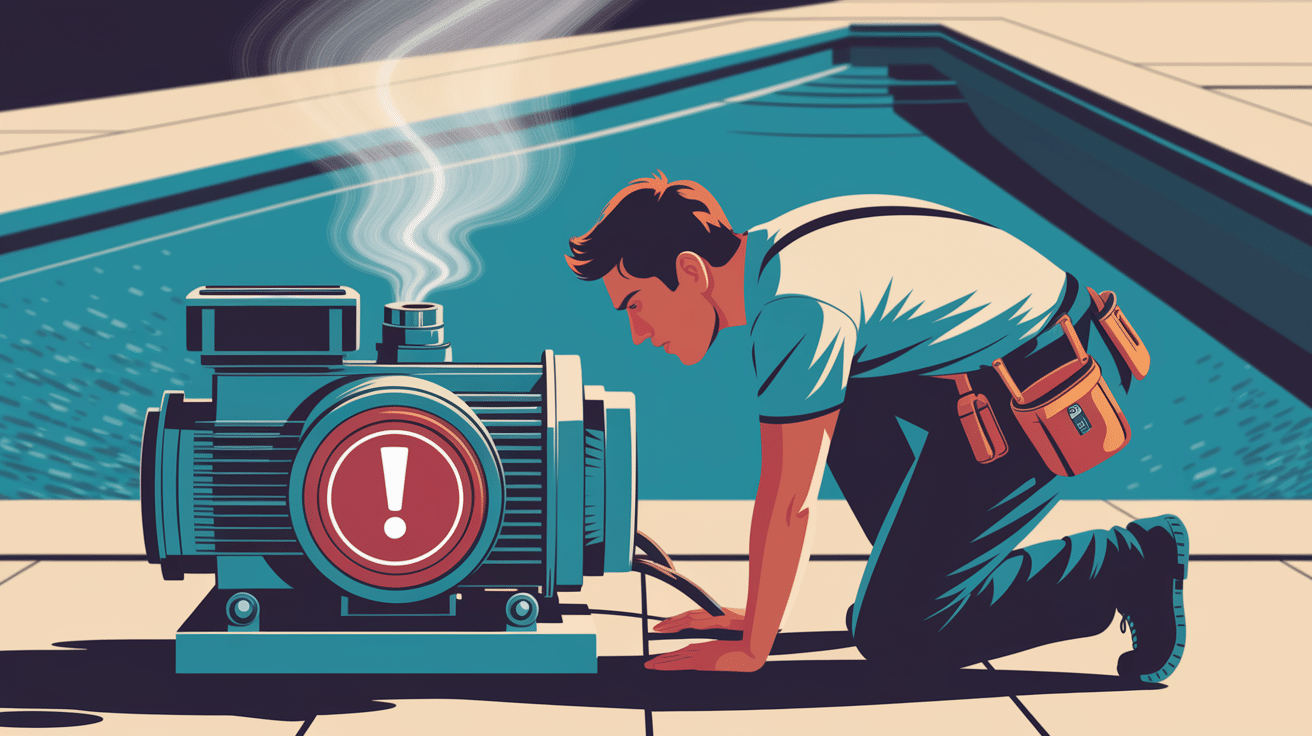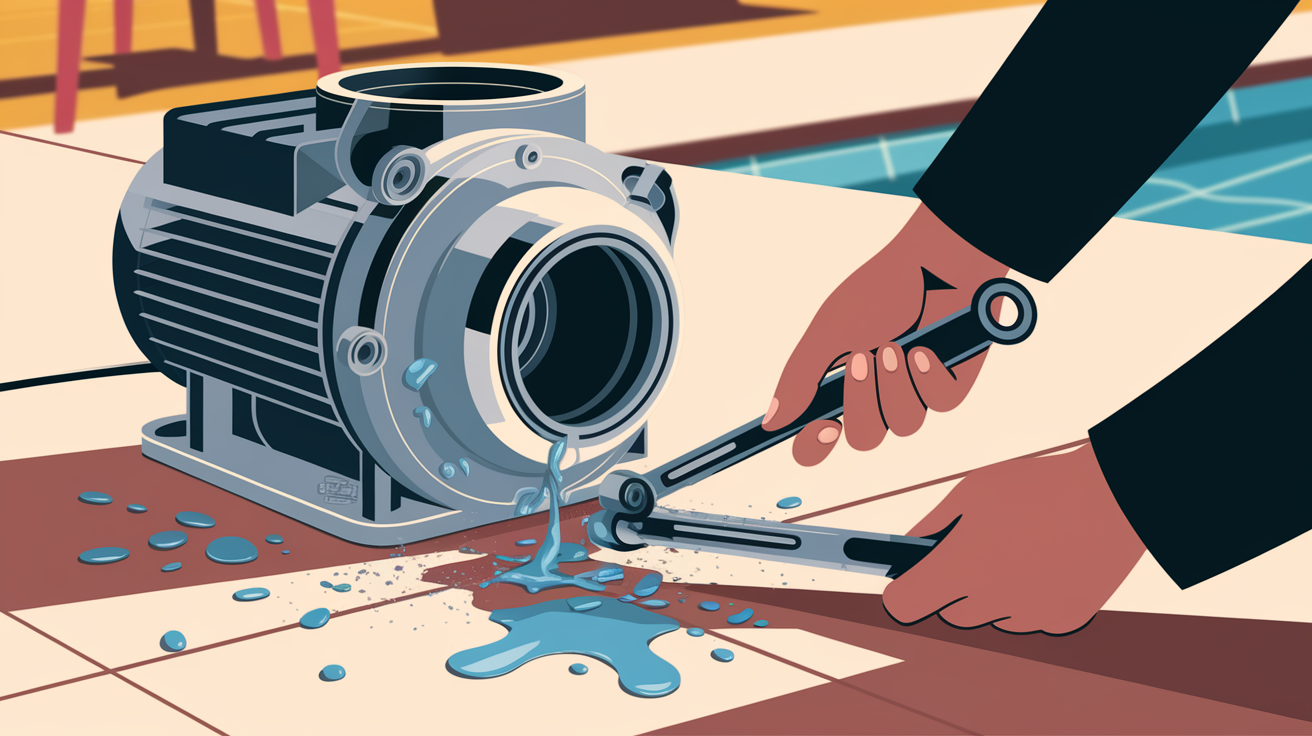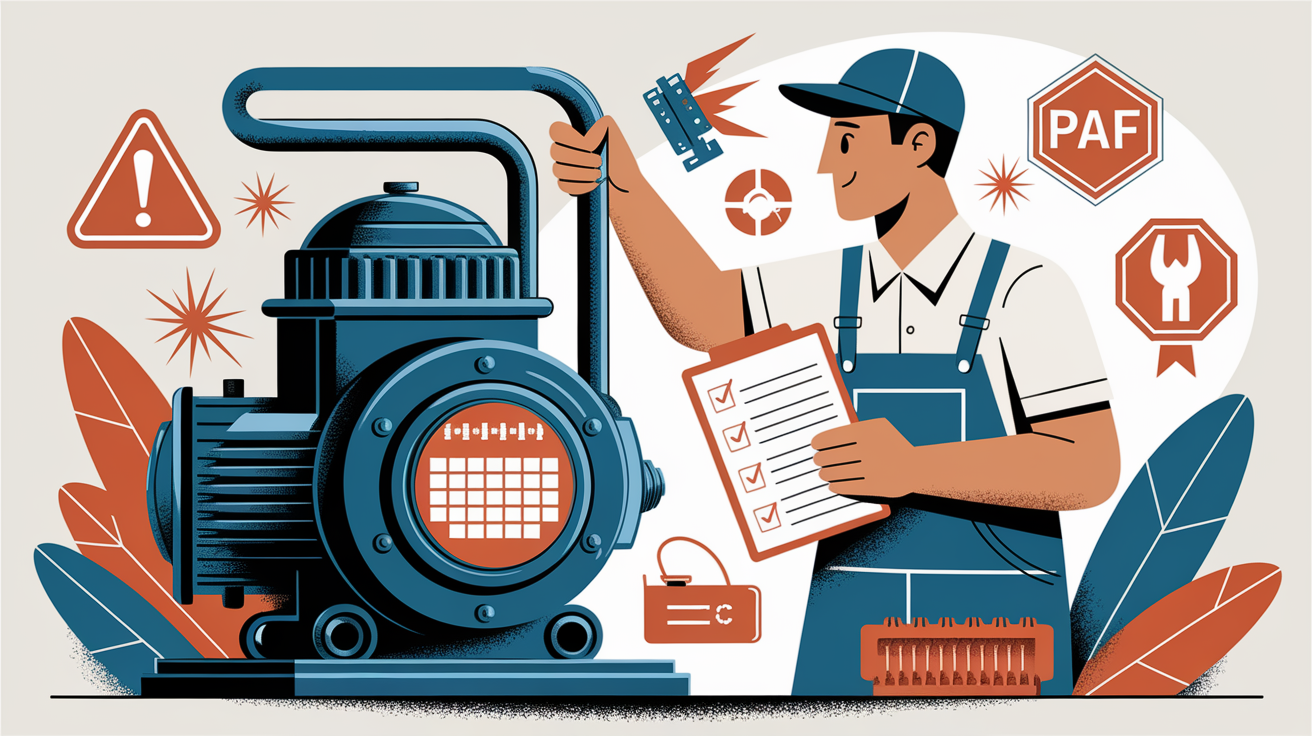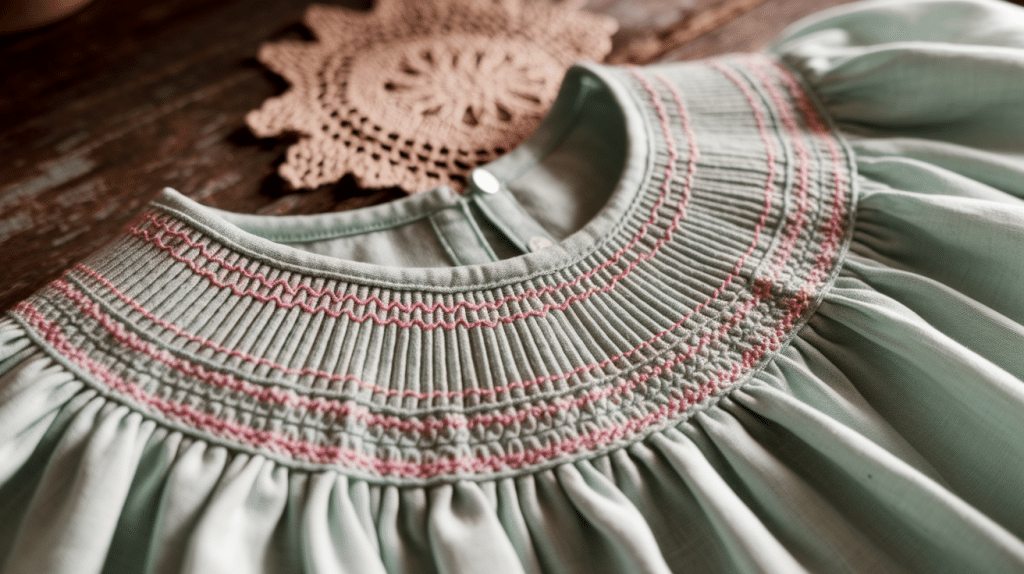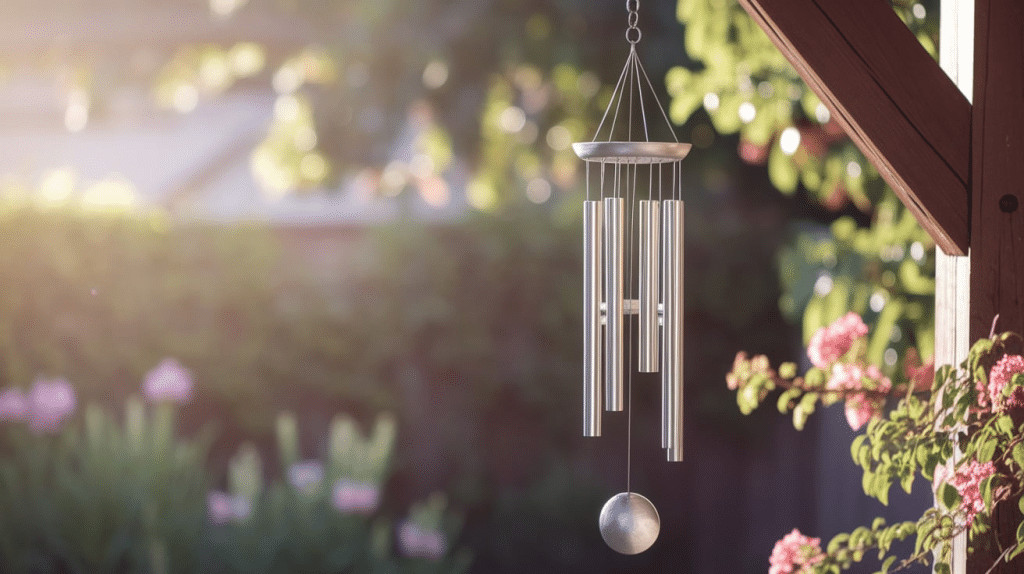Is your pool pump making strange noises or failing to circulate water properly? Don’t let pump problems ruin your swimming season!
Pool pump repair is often simpler than you might think, and understanding how to diagnose common issues can save you hundreds in professional service calls.
From mysterious leaks to motors that refuse to start, many homeowners panic at the first sign of trouble. However, with basic tools and safety precautions, you can tackle many pool pump repairs on your own.
The blog walks you through the most common problems and their solutions, helping you maintain crystal-clear water and keep your pump running efficiently throughout the entire season.
Understanding the Pool Pump
A pool pump is the heart of your swimming pool’s circulation system. It works by pulling water from your pool through the skimmer and main drain, then pushing it through the filter before returning clean water to the pool.
Think of it like your pool’s heart, constantly keeping water moving to prevent algae growth and distribute chemicals evenly.
The pump contains an electric motor that spins an internal impeller, creating suction that draws water in and forces it out.
This continuous circulation is crucial for maintaining water clarity and sanitation.
Without a properly functioning pump, debris would accumulate, chemicals wouldn’t mix properly, and your pool water would quickly become cloudy and potentially unsafe.
Regular maintenance of your pool pump ensures efficient operation and extends the life of your entire filtration system.
Common Pool Pump Problems
A functional pool pump is crucial for maintaining a clean and safe pool. Unfortunately, several common issues can affect your pump’s performance.
Understanding these problems and their solutions can save you time, money, and frustration. Here are the most common pool pump problems you may encounter, along with their solutions.
1. Pump Won’t Start
When your pool pump refuses to start, it can be frustrating, but the issue often has a simple solution. First, check if the circuit breaker has tripped and reset it if needed.
Examine the power cord for damage and ensure it’s properly plugged in. A faulty capacitor is another common culprit – look for bulging or leaking on the capacitor.
If the motor feels hot, allow it to cool down before attempting to start it again. For persistent starting problems, inspect the wiring connections for corrosion or damage, as these can interrupt the electrical flow to your pump.
2. The Pump is Running, But Not Pumping Water
If your pump motor is humming but water isn’t circulating, you likely have air in the system or a blockage. Check the pump lid to ensure it’s properly sealed and the O-ring is intact, preventing air leaks.
Next, inspect the pump basket and remove any debris that might be blocking water flow.
An air leak in the suction line can also cause this issue – look for bubbles in the pump basket or return jets. Finally, examine the impeller for clogs or damage, as it’s responsible for moving water through the system.
3. The Pump Is Making Unusual Noises
Strange noises from your pool pump usually indicate mechanical issues that need attention. Screeching or grinding sounds often indicate that the bearings are worn out and require lubrication or replacement.
A humming noise, followed by an automatic shutdown, suggests that the impeller may be jammed with debris.
Rattling noises typically come from loose parts or debris inside the pump housing. Gurgling sounds indicate air in the system, which can be resolved by checking for leaks in the suction lines and ensuring the water level in your pool is set properly.
4. The Pump is Overheating
Overheating is a serious issue that can cause permanent damage to your pool pump. Clogged filters are the most common cause, as they force the pump to work harder to push water through.
Make sure your pool’s water level isn’t too low, as this can cause the pump to run dry.
Ensure the pump has proper ventilation and isn’t exposed to direct sunlight for extended periods. Regularly clean out the pump basket to ensure good water flow.
If overheating persists after these checks, the motor may be failing and need professional attention.
5. The Pump is Leaking Water
Water leaks from your pool pump can waste water and damage surrounding equipment. The most common leak locations are around the shaft seal, which wears out over time and needs replacement. Check the pump housing for cracks or damage that could allow water to escape.
Loose connections between the pump and plumbing can also cause leaks. Tighten any fittings and replace worn-out gaskets or O-rings.
For persistent leaks, shut off the pump and consult a professional, as water and electricity are a dangerous combination.
Step-by-Step Troubleshooting Guide
Following a methodical approach to troubleshooting your pool pump will save you time and prevent further damage. These five steps will help you identify and diagnose the most common pool pump problems without expensive service calls.
Step 1: Inspect the Pump System
Before diving into repairs, a thorough inspection is crucial for identifying the core issue. Turn off all power at the circuit breaker first.
Remove the pump lid and check the strainer basket for debris. Examine the housing for cracks and verify the motor shaft turns freely by hand. Document any visible damage or unusual wear patterns for reference.
Step 2: Test Electrical Connections
Electrical problems are among the most common issues with pool pumps. Use a multimeter to verify proper voltage to the pump.
Check for loose wire connections at the terminal board and inspect the power cord for damage. Test the capacitor if the motor hums but doesn’t start. Ensure all electrical components are completely dry before testing.
Step 3: Check for Blockages
Restricted water flow often indicates blockages somewhere in your system. Clear all debris from skimmer and pump baskets.
Inspect the impeller for obstructions like twigs or toys. Verify all valves are fully open and check inlet/outlet pipes for clogs. Consider using a pressure gauge to identify potential blockage locations.
Step 4: Examine Seals and O-rings
Failed seals are a primary cause of leaks and suction problems in pool pumps. Inspect the lid O-ring for cracks or deformation.
Inspect the shaft seal for signs of leakage or mineral buildup. Examine all connection points for deteriorated gaskets and verify proper lubrication. Replace any compromised seals immediately to prevent water damage.
Step 5: Detect Air Leaks
Air leaks can prevent proper priming and cause damage to your pump over time. Check for air bubbles in the pump basket while the pump is running.
Apply shaving cream to suspected leak areas to identify suction points. Systematically tighten all fittings and inspect valve stems. Remember that even tiny air leaks can significantly impact pump performance and efficiency.
Remember to document each step of your troubleshooting process, including what worked and what didn’t. This information will be invaluable for future maintenance and can help you develop a deeper understanding of your pool’s unique system.
When to Call a Professional?
While many pool pump issues can be fixed with DIY methods, some problems require professional expertise. If your pump has complex electrical issues, such as frequent circuit breaker tripping or burning odors, it’s time to call in an expert.
Similarly, if your motor makes grinding noises that persist after cleaning, or if the pump is more than 7-10 years old and experiencing multiple issues, a professional assessment is wise.
When choosing a repair technician, look for proper licensing and certification in pool equipment repair. Check online reviews and ask neighbors for recommendations.
A reputable professional will provide a written estimate, clearly explain the problem, and offer a warranty covering both parts and labor.
Don’t hesitate to ask about their experience with your specific pump model and whether they use original manufacturer parts for repairs.
Preventive Maintenance Tips to Avoid Future Repairs
Taking care of your pool pump now can save you time and money later. These simple maintenance habits will help prevent breakdowns and keep your pool running smoothly throughout the entire season.
- Clean your pump basket weekly to prevent clogs and improve water flow.
- Check O-rings and gaskets monthly for signs of cracking or wear.
- Clean your filter when the pressure gauge reads 8-10 PSI above normal.
- Listen for unusual noises, which often signal problems before they become serious.
- Protect your pump from freezing by draining all water during the winter months.
- Keep proper water chemistry to prevent corrosion of metal pump components.
- Consider upgrading to a variable-speed pump to reduce energy costs and extend pump life.
Remember that consistent maintenance is much easier and less expensive than emergency repairs. A few minutes of attention each week can add years to your pump’s lifespan and keep your pool crystal clear.
Summing It Up
Maintaining your pool pump is essential for ensuring trouble-free swimming and prolonging the life of your equipment.
With regular cleaning, proper winterization, and prompt attention to small issues, you can avoid most emergency pool pump repairs. Remember that safety always comes first—disconnect the power before attempting any repair.
For complex electrical problems or motor replacements, professional help is worth the investment. Armed with these simple troubleshooting techniques, you’ll enjoy lower energy bills, clearer water, and fewer frustrating breakdowns.
Your pool pump is the heart of your swimming pool system—master these pool pump repair basics, and you’ll enjoy years of sparkling, clean water.


